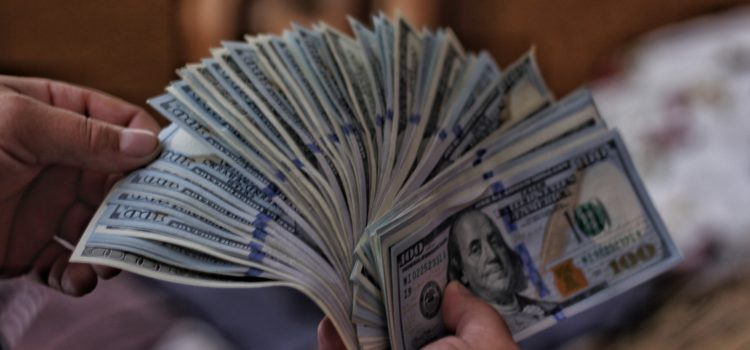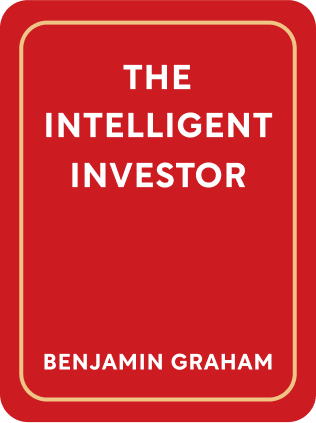

This article is an excerpt from the Shortform book guide to "The Intelligent Investor" by Benjamin Graham. Shortform has the world's best summaries and analyses of books you should be reading.
Like this article? Sign up for a free trial here .
What is A&P stock? How can examining A&P stock help you understand stock fluctuation?
Stock fluctuations can be all over the place. At least it seems like it. In The Intelligent Investor, Benjamin Graham uses A&P stock as an example of how stocks fluctuate.
Read more about A&P stock and how it offers an example of stock fluctuation.
A&P Stock Fluctuation
To illustrate the wild fluctuations of stocks, Graham gives the example of A&P, a grocery store chain. From 1915 to 1965, A&P was the largest retailer in the US. During its lifetime, its shares went from tremendous bargain to alarmingly overpriced.
A&P Stock Reaches a Low
In 1929, A&P started trading publicly, with stocks as high as 494. By 1932 the price had fallen to 104, and in the recession of 1938 it plummeted to a low of 36.
This low price was remarkable. The market valued the company at $126 million, less than its current assets: $85 million in cash and working capital of $134 million. At this time, A&P was the largest retailer in the country, if not the world, yet the market believed it was worth less than if the company were liquidated that day.
Why would the market believe this? Partially because of the overall depressed bear market, and partially because of temporary fears (chain stores might have new taxes levied against them, and earnings had declined).
Any investor holding stock in A&P would have felt the emotional pull of the stock’s collapse, but on inspection he might find that A&P was still a sound company with strong future prospects. Instead of selling in a panic with the rest of the market, he would judiciously hold onto his stock or even buy even more stock at a bargain. He would find himself vindicated. In 1939, A&P shares rose to 117.5, triple the low the previous year.
A&P Stock Reaches a High
In 1961, the price soared to the equivalent of 705 (the stock had a 10-for-1 split, so its literal price was 70.5). This represented a price-to-earnings ratio of 30, compared to 23 for the Dow Jones index.
This rich price implied bright growth prospects. In reality, A&P was headed for an irrecoverable decline in earnings and revenue. The company was larger than it was 30 years ago, but it was not managed as well, was not as profitable, and could not ward off competition. Within a year, the stock price halved to 34, then over ten years halved again to 18 in 1972.
The example illustrates the vacillations of the stock market in relation to the fundamental prospects of the business. When A&P was in its prime and poised for growth, the market wouldn’t touch the stock. Inversely, when A&P was headed for obsolescence, the market was breathlessly enthusiastic about its future.
A patient, alert investor will watch for gross aberrations like these and take advantage.

———End of Preview———
Like what you just read? Read the rest of the world's best book summary and analysis of Benjamin Graham's "The Intelligent Investor" at Shortform .
Here's what you'll find in our full The Intelligent Investor summary :
- Key advice from what Warren Buffett considers the "best book about investing"
- The 2 major indicators you should use for evaluating stocks
- How you can use aggressive or defensive investing strategies






